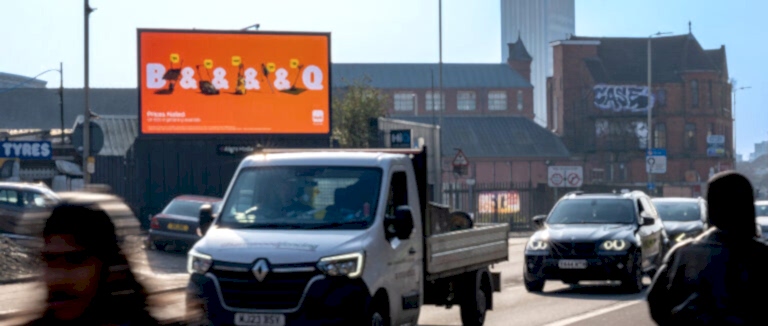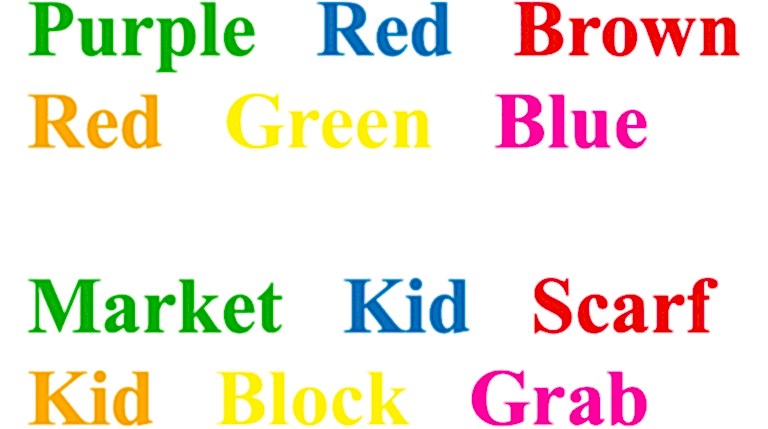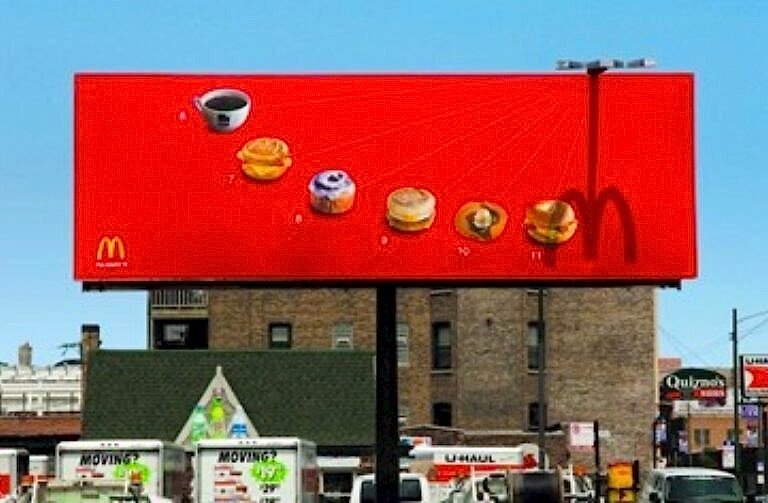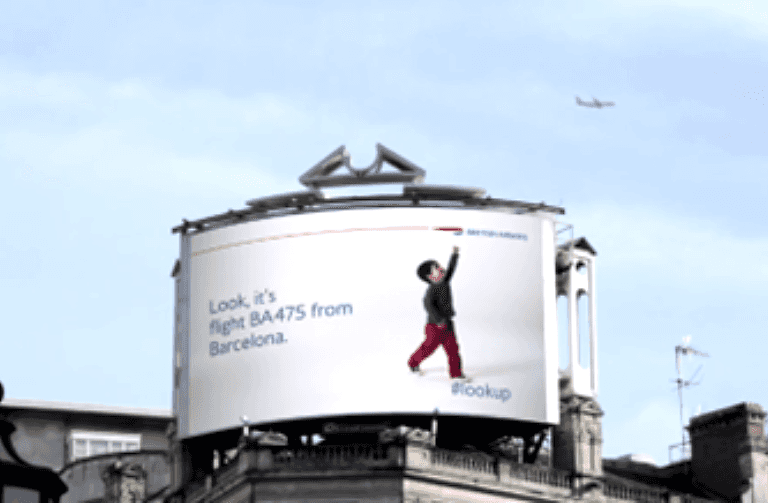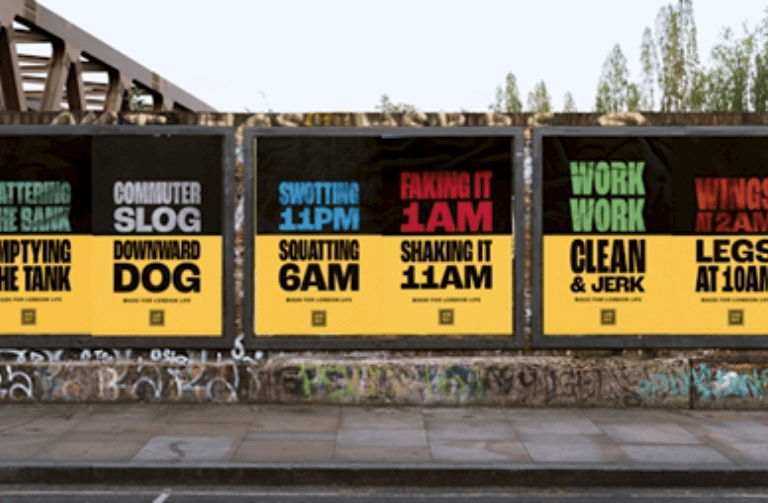Understanding priming in advertising
Priming is a fascinating way our brains help us process information, often without us even realising it. It’s when exposure to certain stimuli influences how we think and act. In advertising, priming helps make messages more memorable and persuasive by creating subconscious associations. Think about it: if you see a "Summer is coming" gym ad after a long day at work, doesn’t that make you just a little more motivated to hit the gym?
How does priming work?
Our brains love making connections between related ideas, often without us noticing.
For example, if you see "SO_P," your brain might fill in the blank as "soap" if you've just seen an ad about handwashing, or "soup" if you're near a restaurant.
In OOH (Out-of-Home) advertising, brands use this effect to their advantage by aligning messages with the environment and consumer mindset. The easier an ad is to process, the more likely we are to act on it.
A great example of priming in action is 'The Stroop Effect' - a psychological test where people take longer to name the colour of a word if the word itself spells a different colour (like the word “blue” written in red). This happens because our brains automatically prioritise word meaning over colour.


